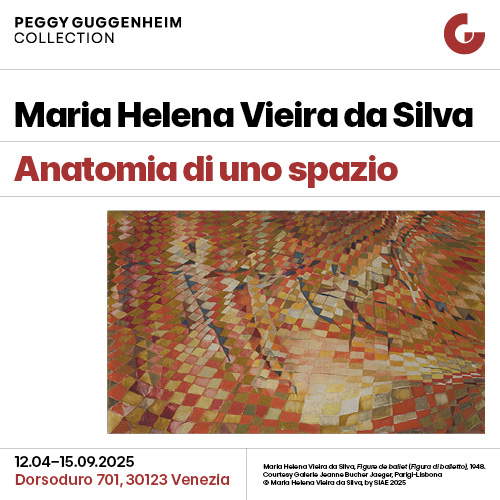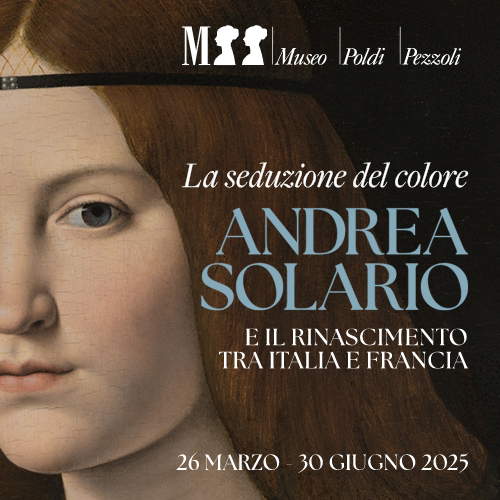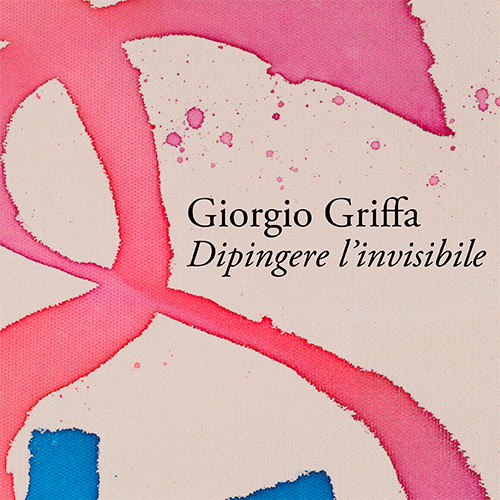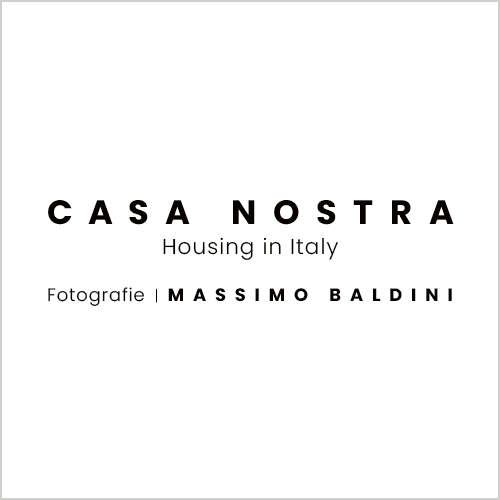The art of tourism promotion on display at Palazzo Madama
From February 13 to August 25, 2025, Palazzo Madama in Turin hosts an exhibition tracing the fascinating history of Italian tourism promotion: Visit Italy! Tourism Promotion and Advertising 1900-1950. Curated by Dario Cimorelli and Giovanni C.F. Villa, director of the museum, with an installation by Emilio Alberti and Mauro Zocchetta, the exhibition recounts half a century of the evolution of tourism advertising through two hundred posters and hundreds of illustrated guides and leaflets.
A journey that starts from the dawn of modern tourism, when the beauty of the Bel Paese began to be told through the poster, an art form capable of blending words and images in an immediate and evocative language. The exhibition winds its way through five thematic sections, tracing an ideal journey that crosses the Alps, follows the Apennine ridge and lands on the islands, and then ascends along the coast, touching on the beaches, spas and cities of the Belle Époque.
The exhibition itinerary starts at the end of the 19th century, a period of economic and industrial growth that fostered the development of new means of communication. It was in this context that the tourist poster was born, destined to become the most effective means of promoting Italian localities. The first advertisements, signed by illustrators of the caliber of Leopoldo Metlicovitz and Marcello Dudovich, turned art cities, seaside resorts and spas into dream destinations. Rome, Pompeii, and Sicily emerged as prime destinations for educated travelers, while the Riviera of Romagna and Liguria began to attract wider tourism.
A turning point came in 1919 with the birth ofENIT (Ente Nazionale per l’incremento delle industrie turistiche), which introduced new promotional strategies. From this time, advertising campaigns were entrusted to individual artists, including Mario Borgoni, Giovanni Guerrini, Marcello Nizzoli and Virgilio Retrosi, or to anonymous illustrators linked to printing houses. The entity, closely linked to the State Railways and promoted by the Italian Touring Club, was responsible for coordinating tourist and hotel activities, boosting the distribution of brochures, leaflets and posters celebrating Italian wonders.
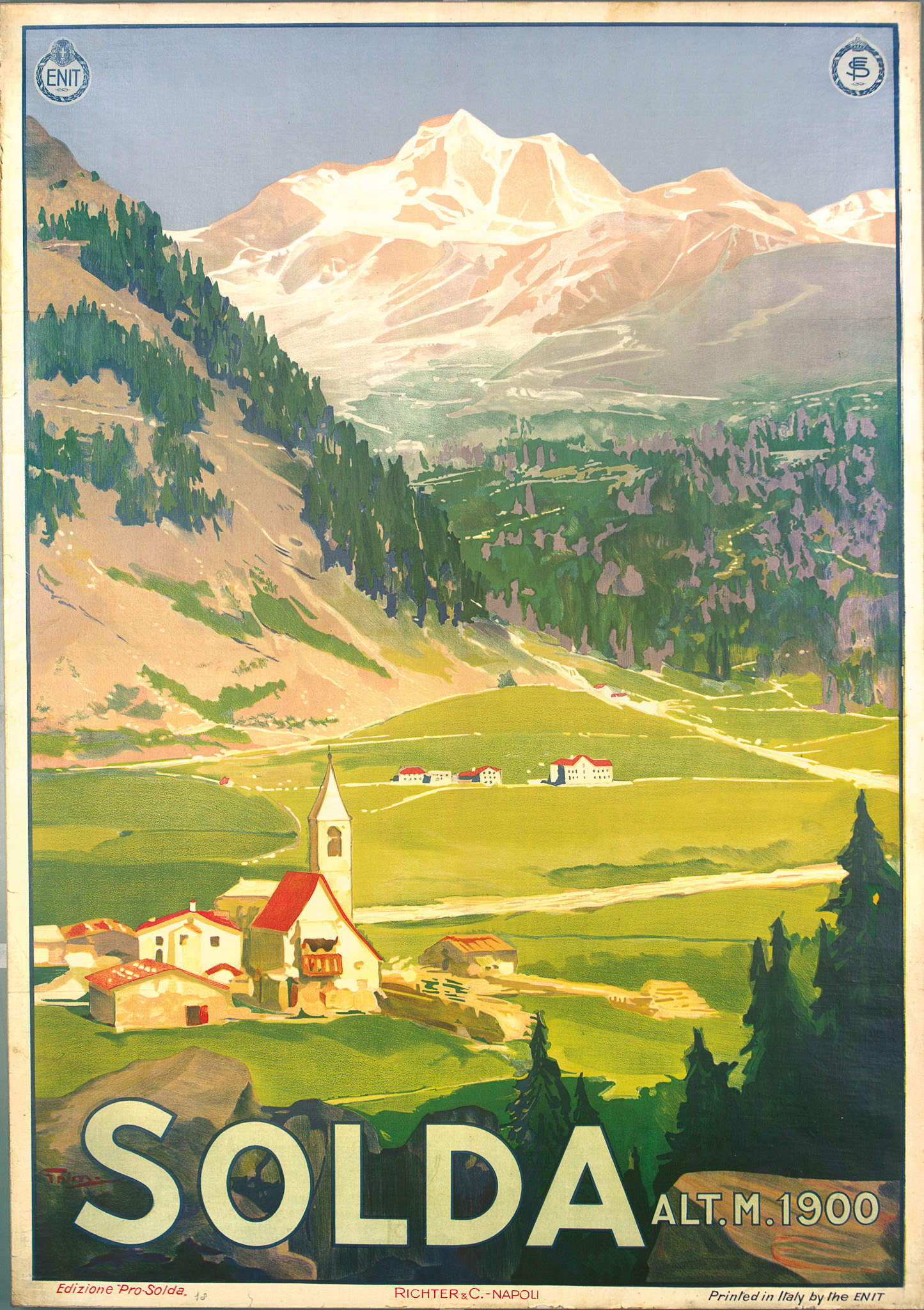
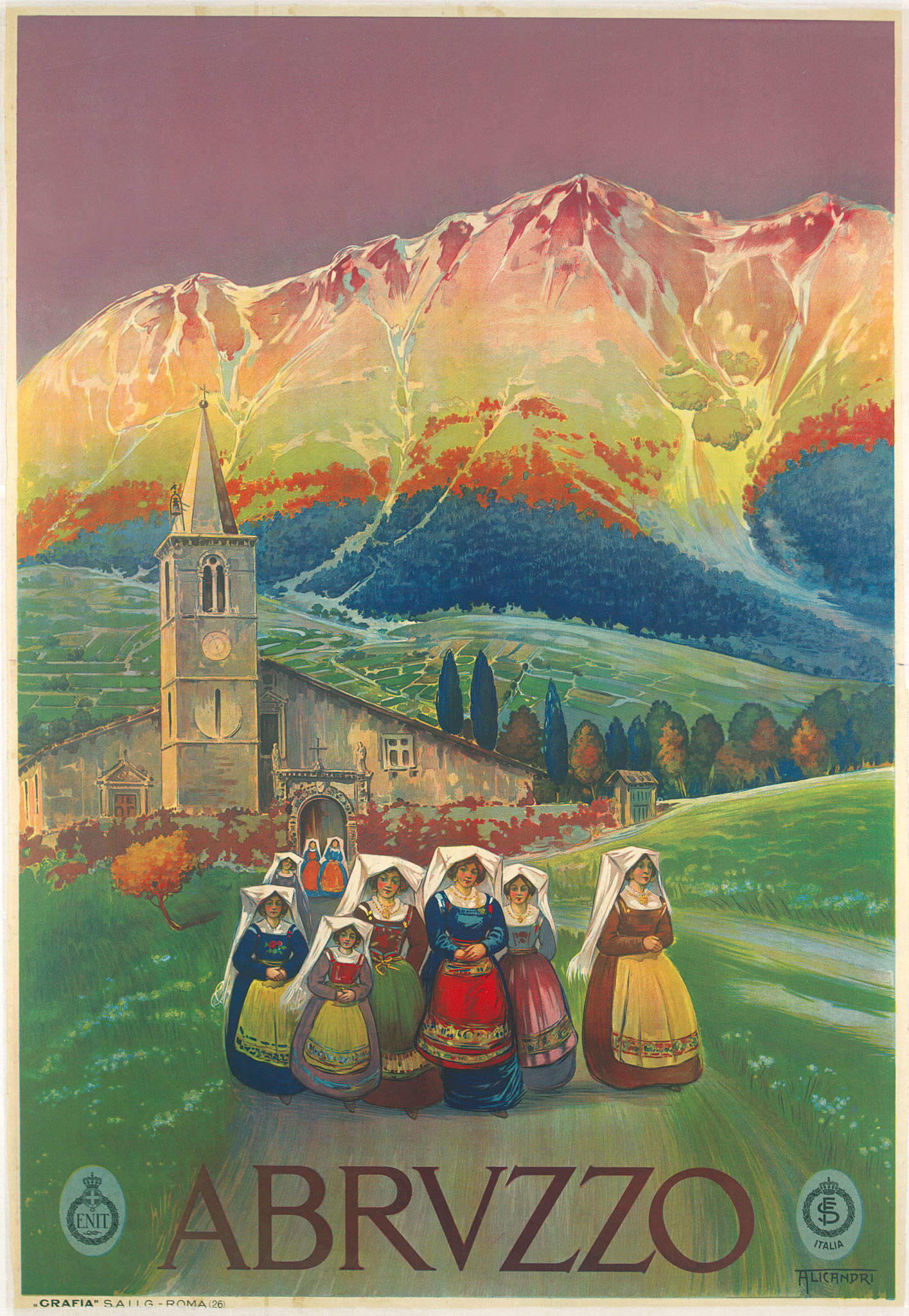
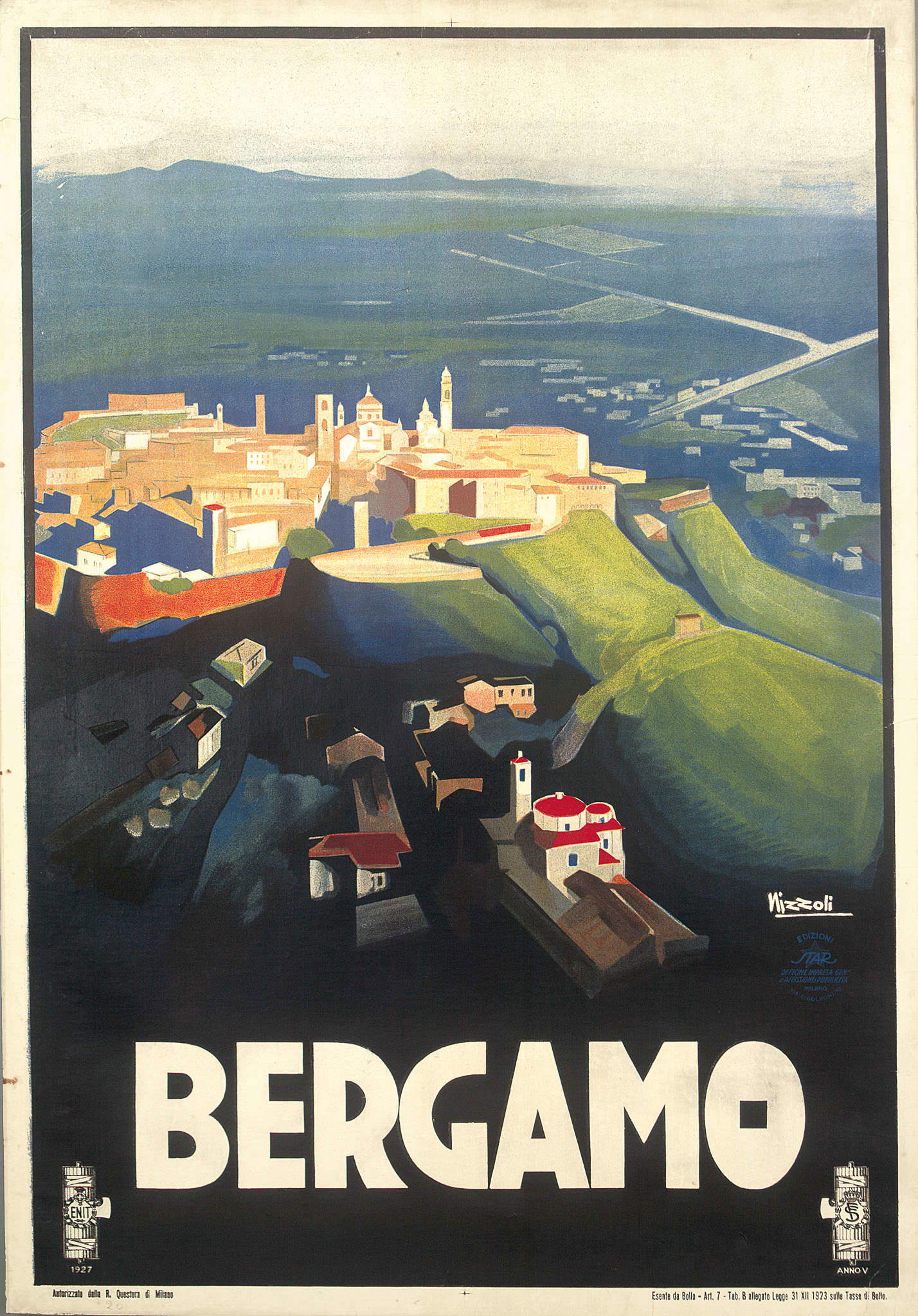
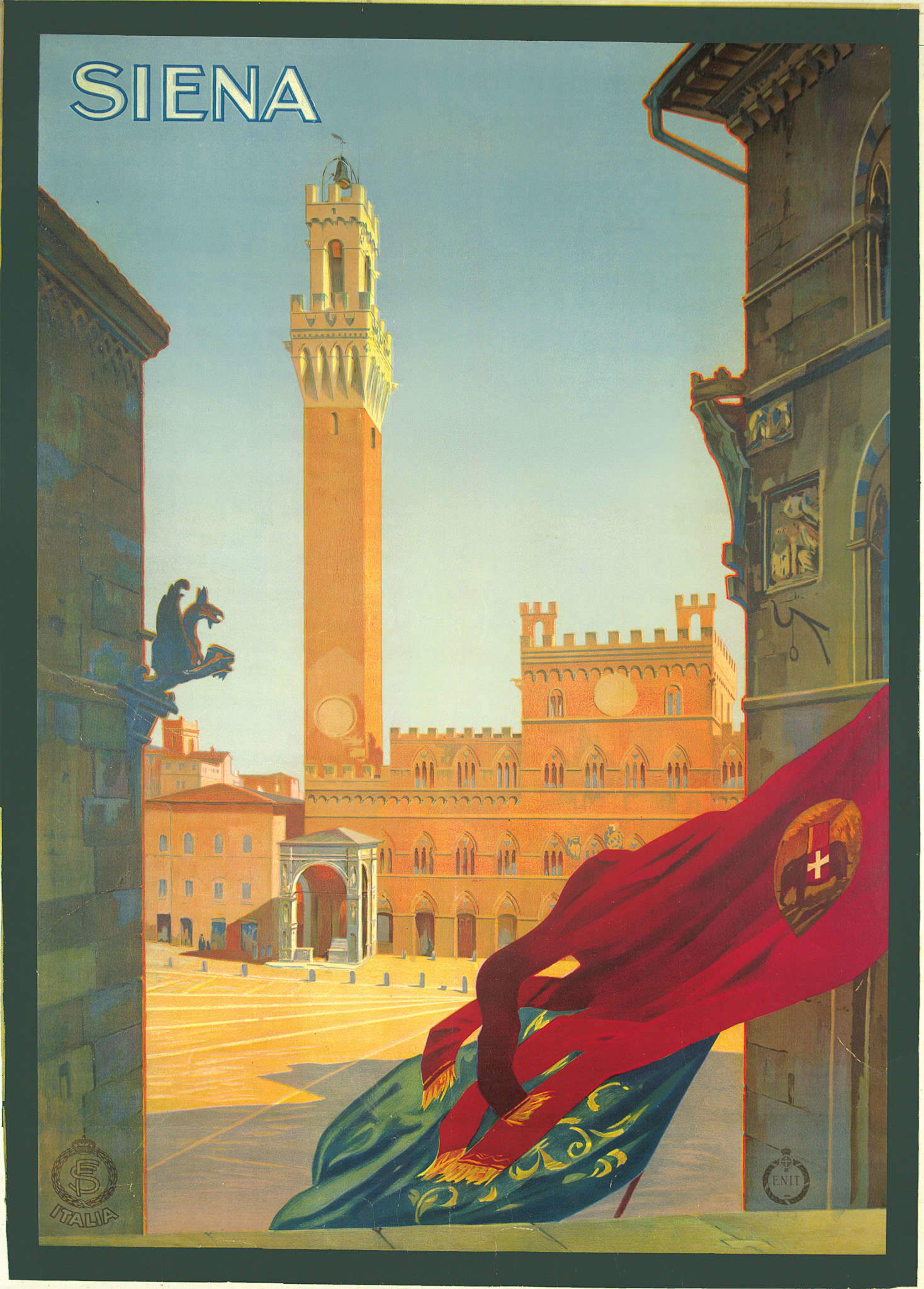
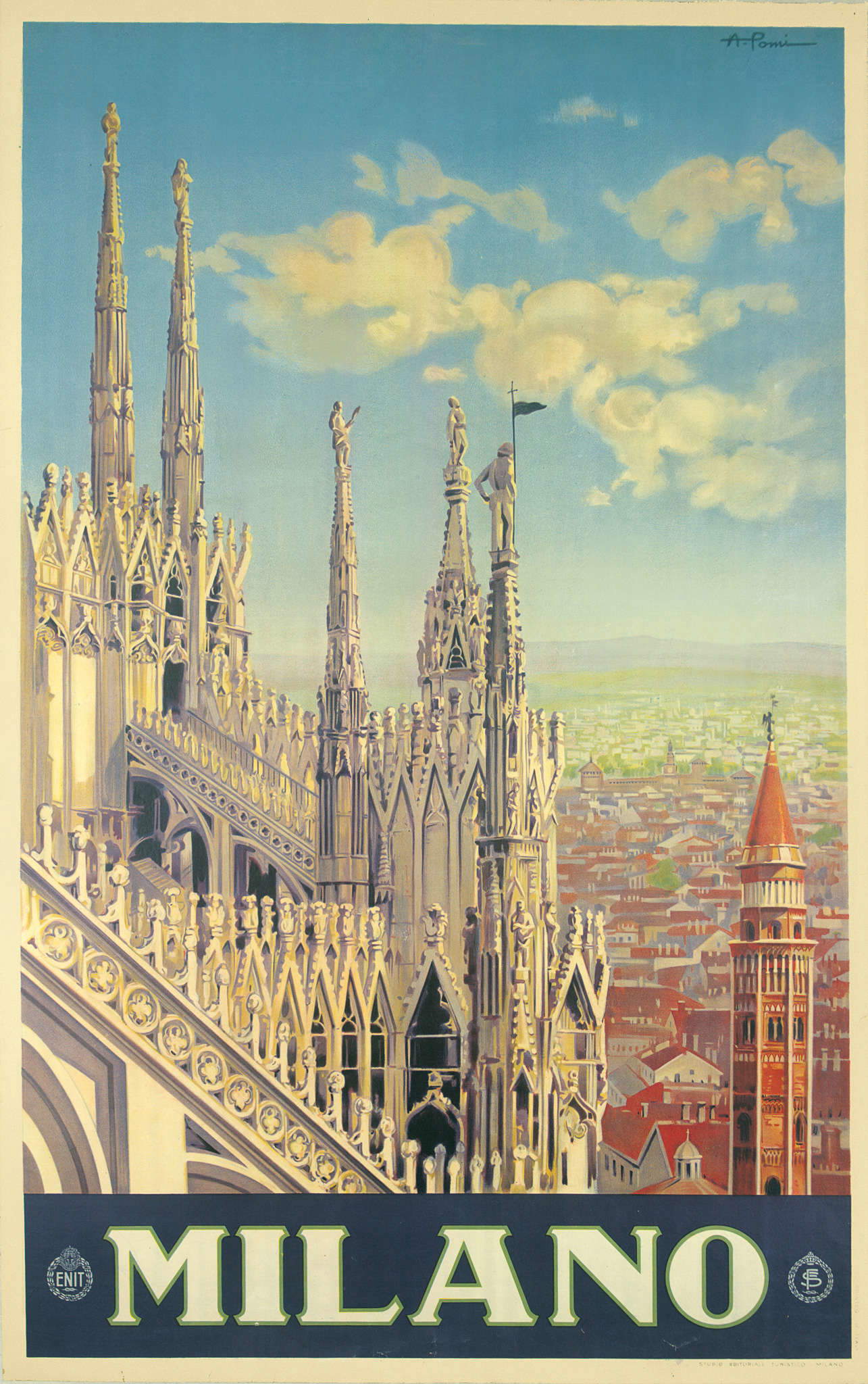
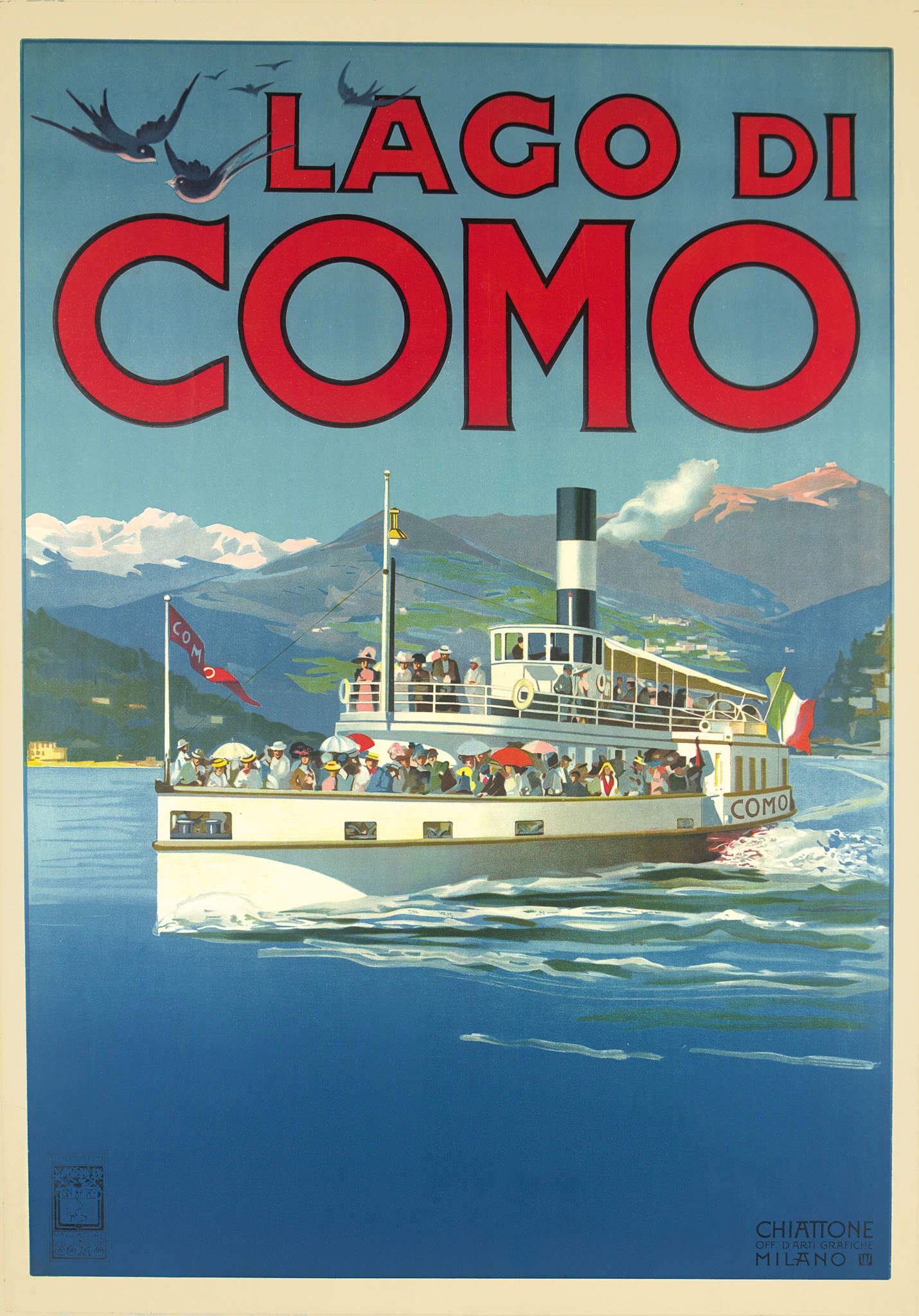
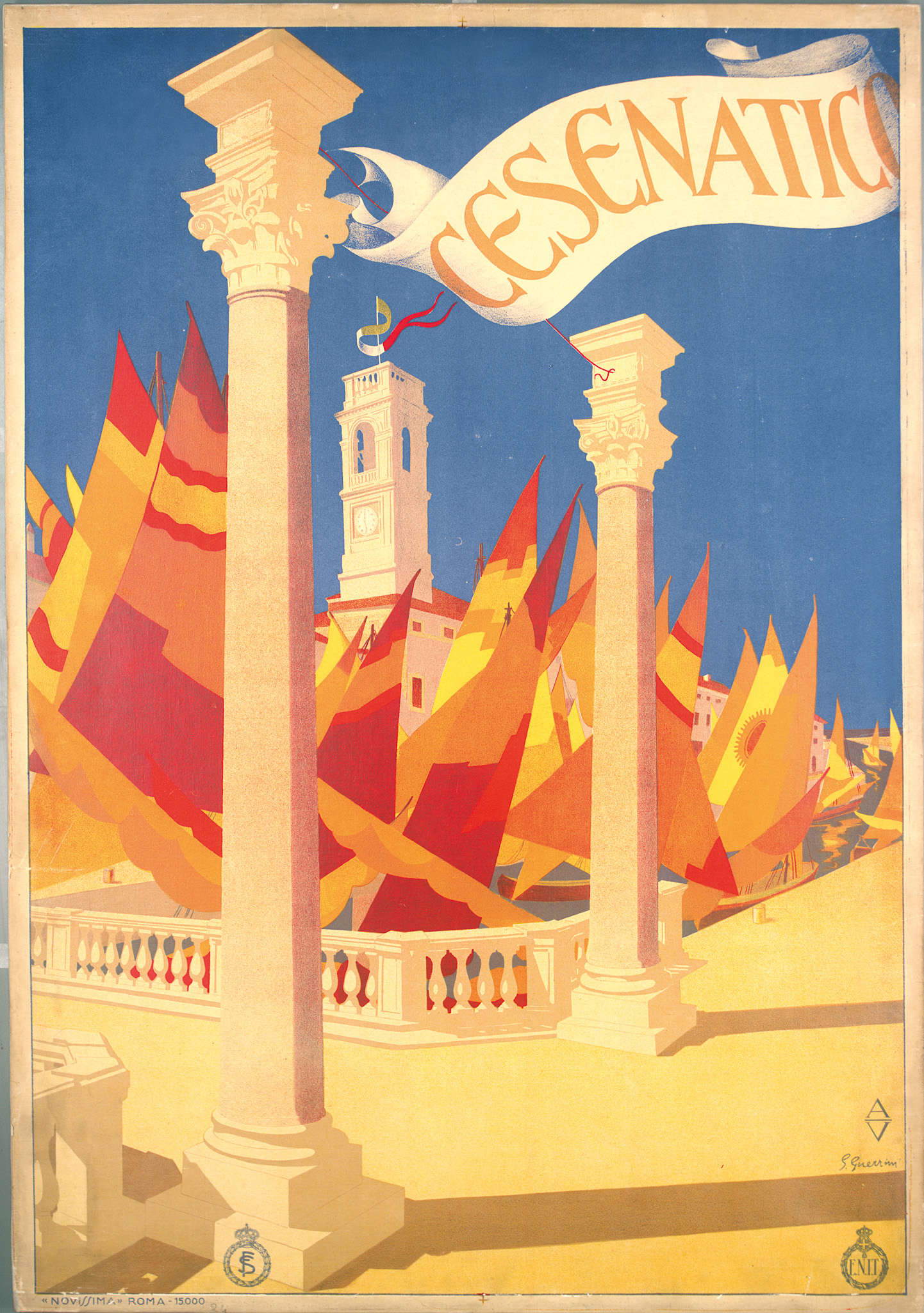
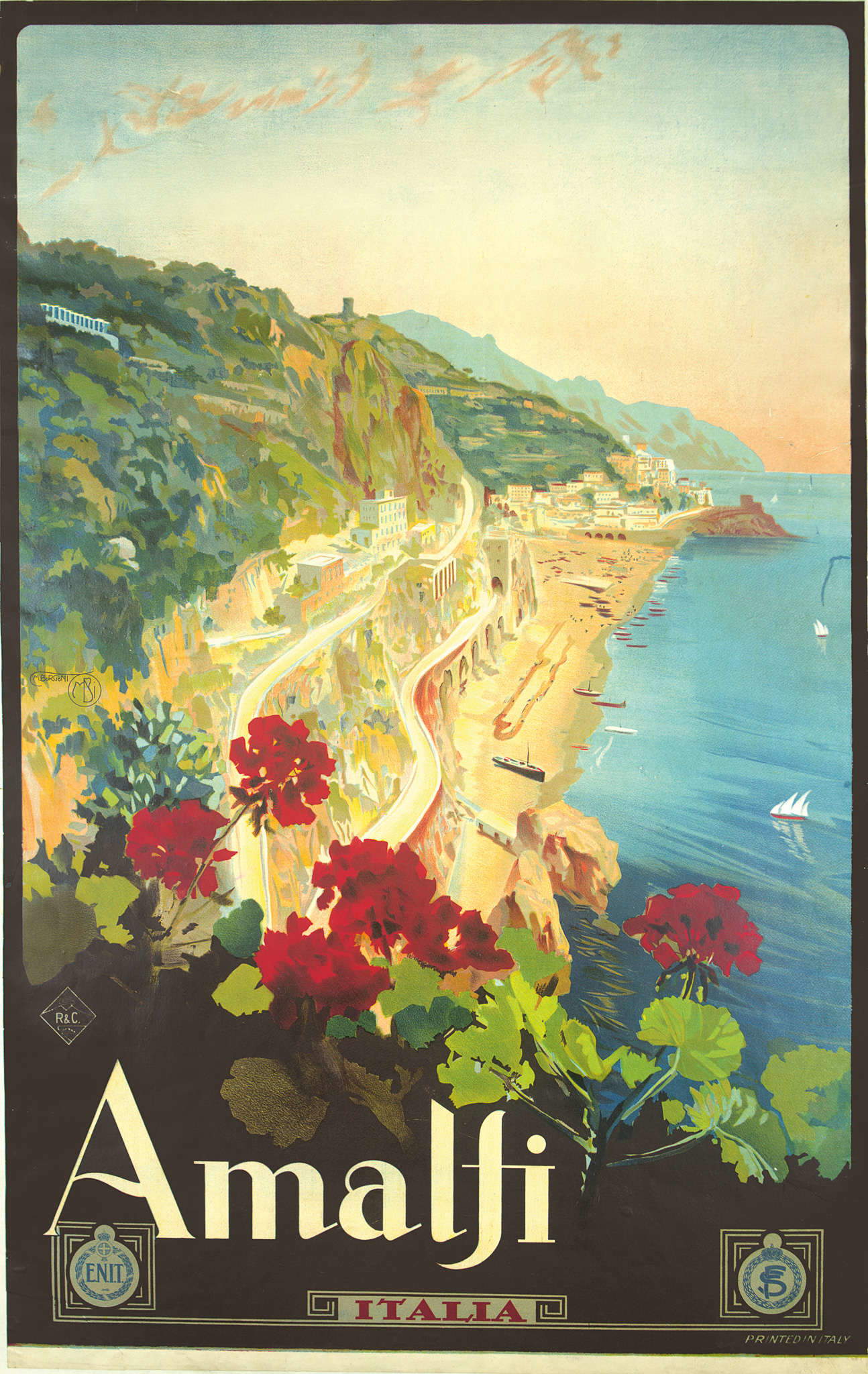
As the tourism industry consolidated, the poster became increasingly refined, with works that fixed in the collective imagination the idea of a seductive and welcoming Italy. Mario Puppo immortalized Capri, Ischia, Pompeii and Naples, Leonetto Cappiello celebrated Portofino, while Marcello Dudovich signed famous views of Rimini and Padua. Each image does not merely propose a destination, but conveys a travel experience, a dream in color that attracts visitors from all over the world.
The exhibition also documents the impact of historical changes on tourism. During World War I, the industry came to a drastic halt, but in the 1920s, as the economy recovered, Italy prepared to regain the international stage. Road and rail infrastructure encouraged the arrival of new travelers, with the American upper middle class choosing Capri and Ischia as exclusive retreats. Advertising art became a powerful tool of seduction: posters not only promoted locations but shaped desires, making travel to Italy synonymous with elegance and sophistication.
A significant chapter is devoted to the 1950s, when Italian tourism becomes a mass phenomenon. The war is behind us and Italy, rebuilt, faces a new economic boom. Images of a country in rebirth, ready to become the cradle of the Dolce Vita, multiply along the coasts and in the cities of art. The visual communication, with its vibrant colors and glossy atmospheres, tells of a bright Italy, capable of attracting an increasingly wide audience, from European travelers to Americans fascinated by the Mediterranean myth.
To enrich the exhibition, a video curated by Jacopo Bulgarini d’Elci and made with materials from the Luce Historical Archives shows the transformations of Italy between 1922 and 1954. The images tell the story of a country on the move: from workers at work in the early 1920s, a symbol of a modernizing Italy, to the tourists of the 1950s immortalized in group photographs, witnesses of a time when travel was no longer a privilege for the few, but a collective experience. The montage, accompanied by period music, restores the charm of an Italy in the making, amid new forms of leisure and social changes that would mark the future of tourism.
The exhibition, which concludes with a catalog edited by Dario Cimorelli Editore and enriched with essays by the curators and Anna Villari, is an opportunity to rediscover the visual history of an Italy that was able to tell its story to the world through the art of advertising. A journey into the beauty and creative ingenuity of a country that, then as now, continues to be one of the world’s most desirable destinations.
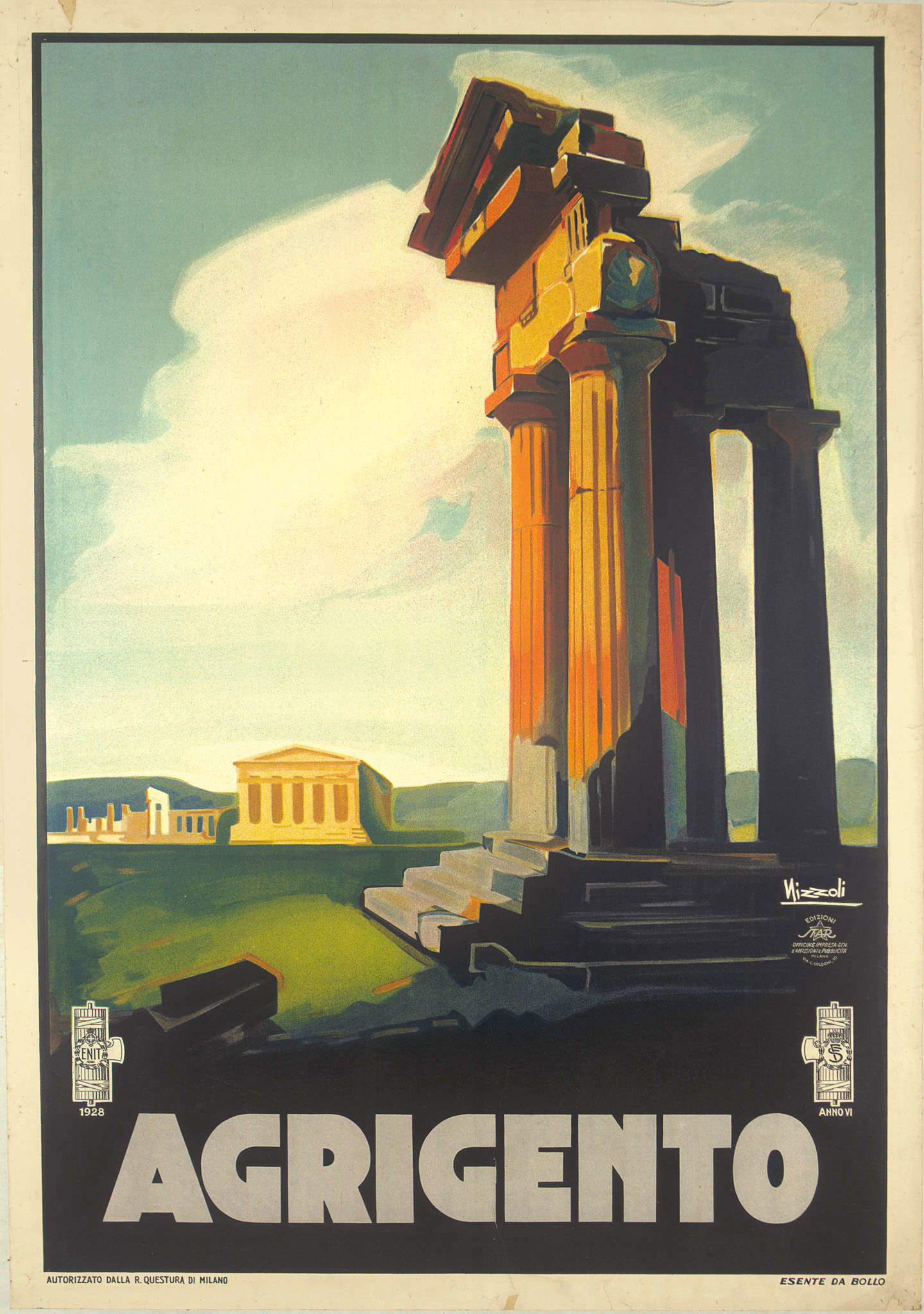
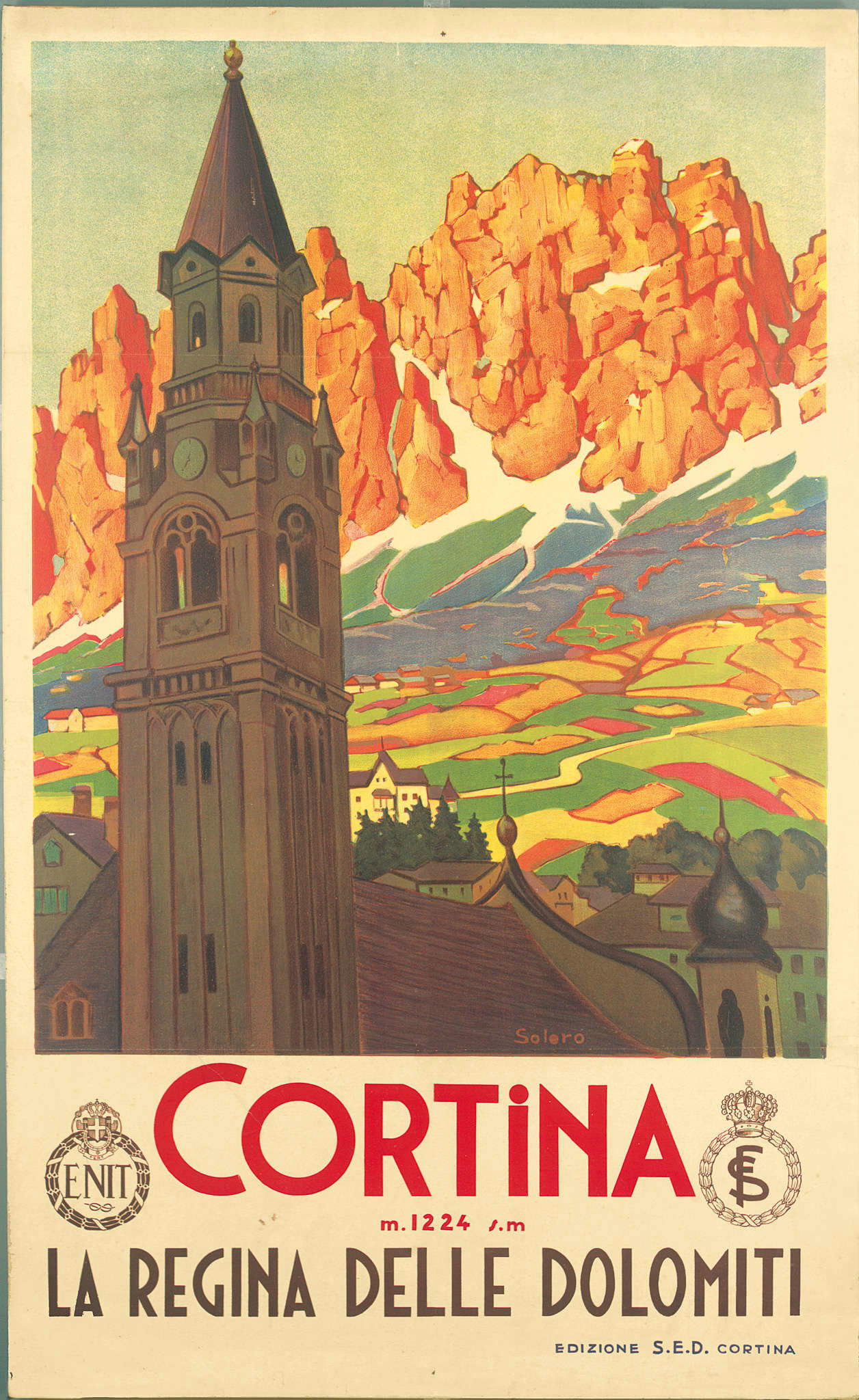
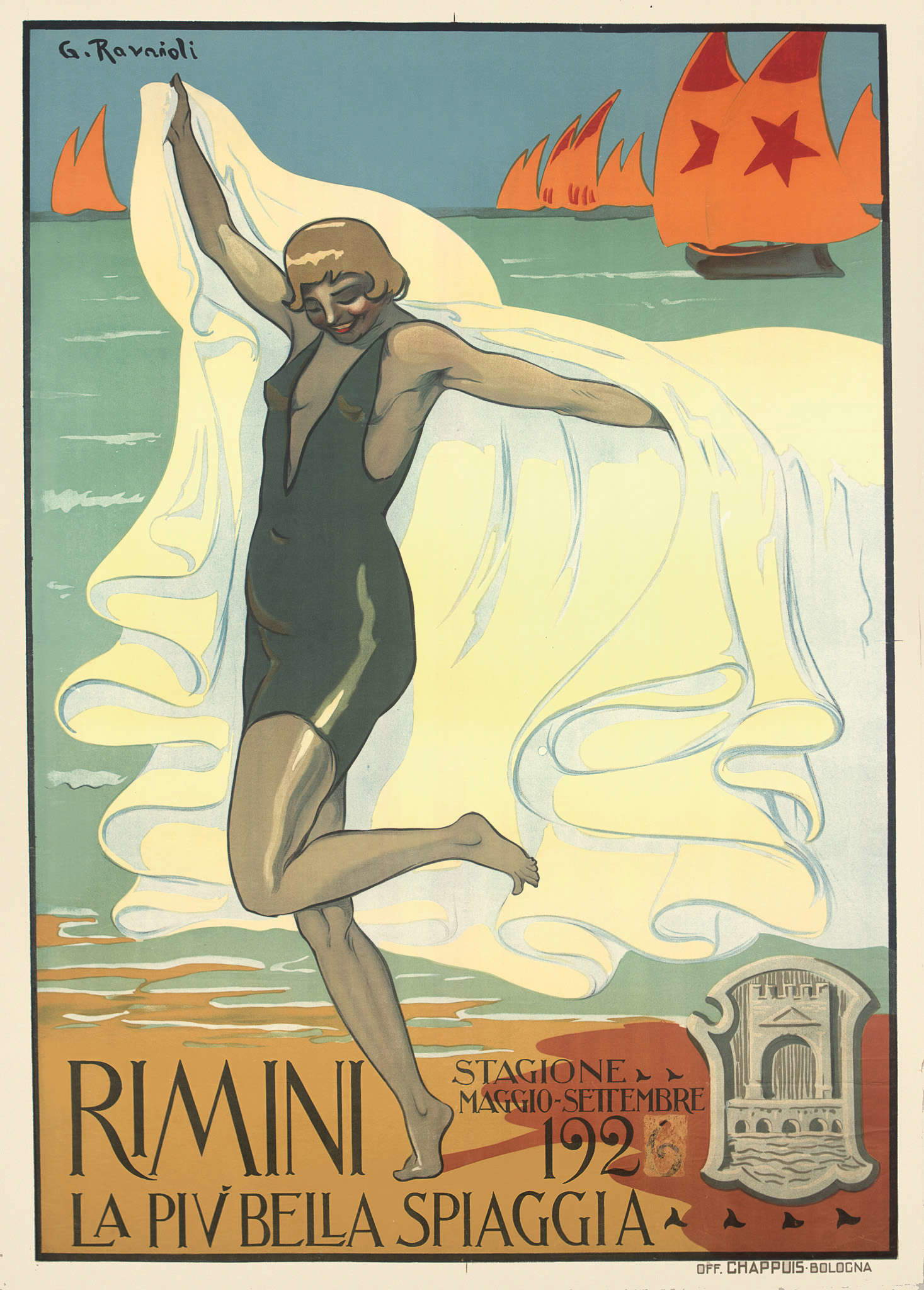
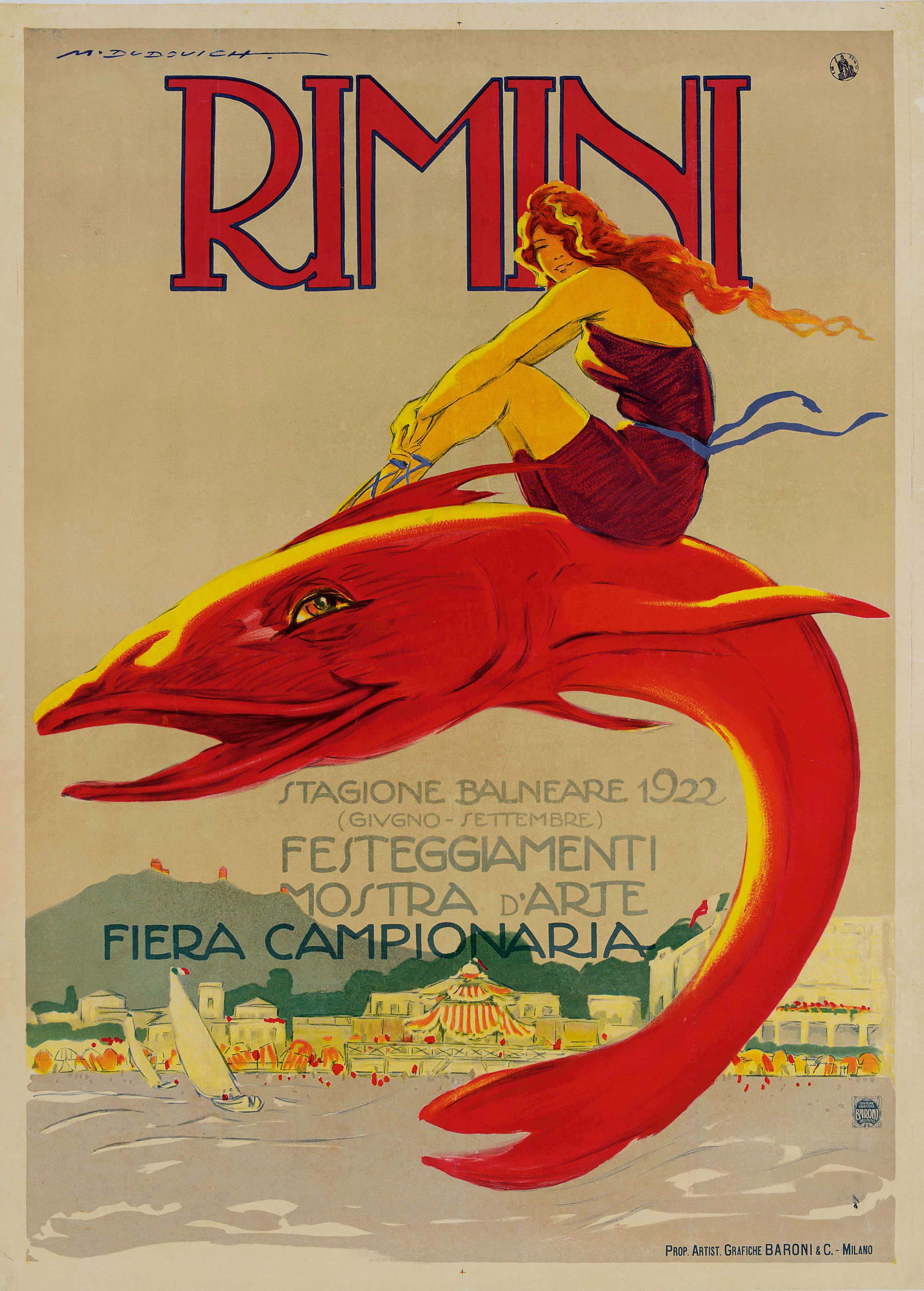
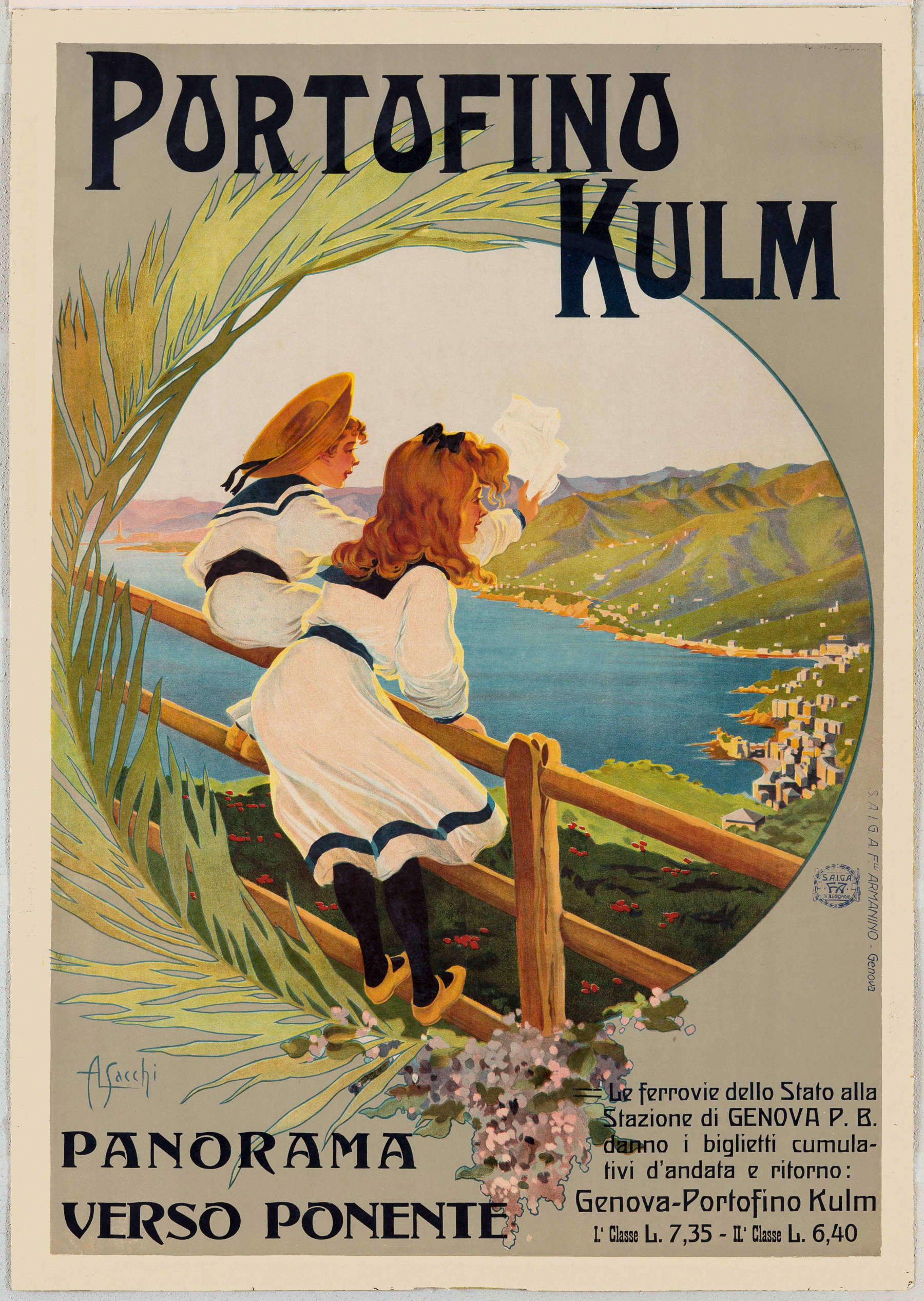
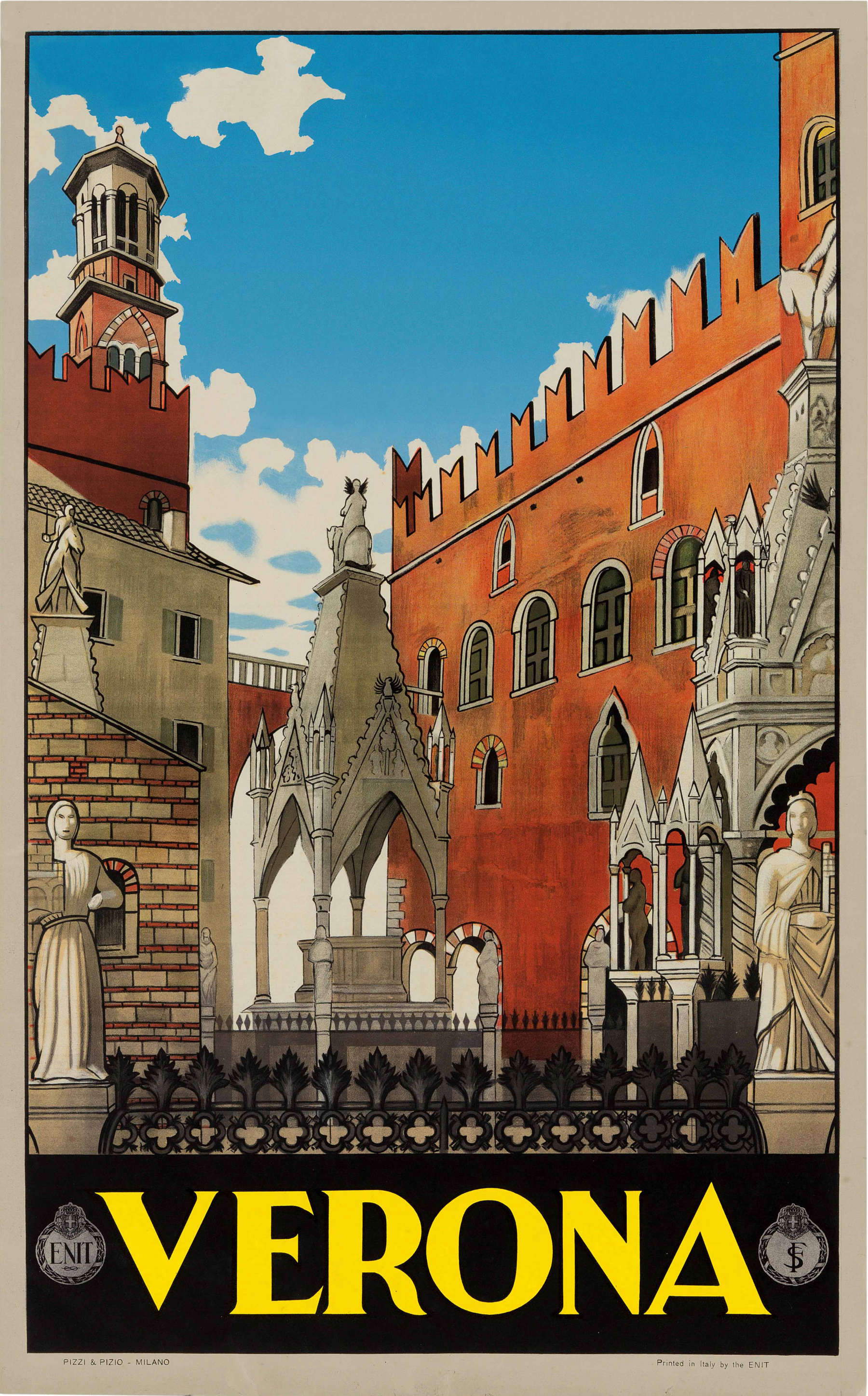
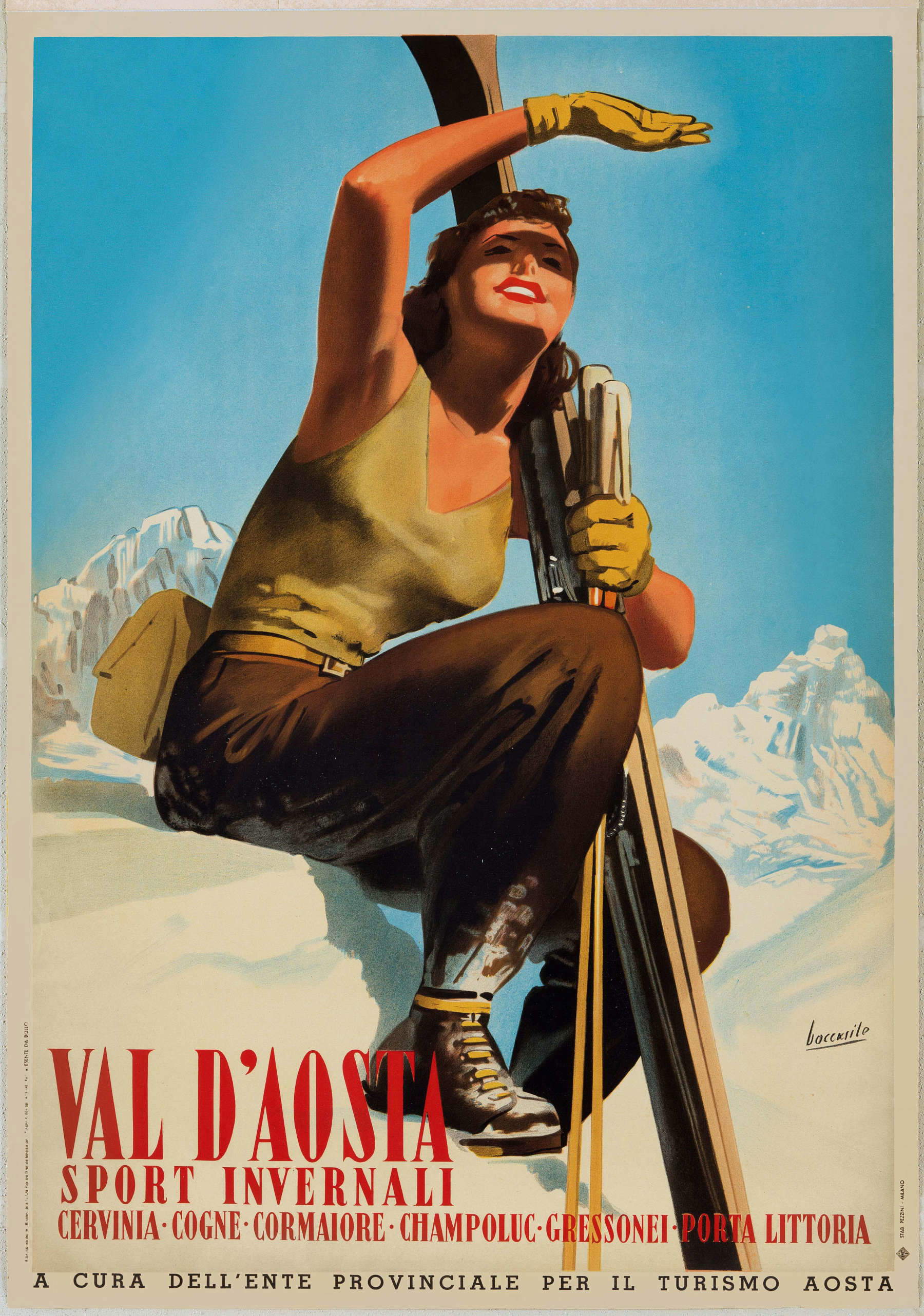
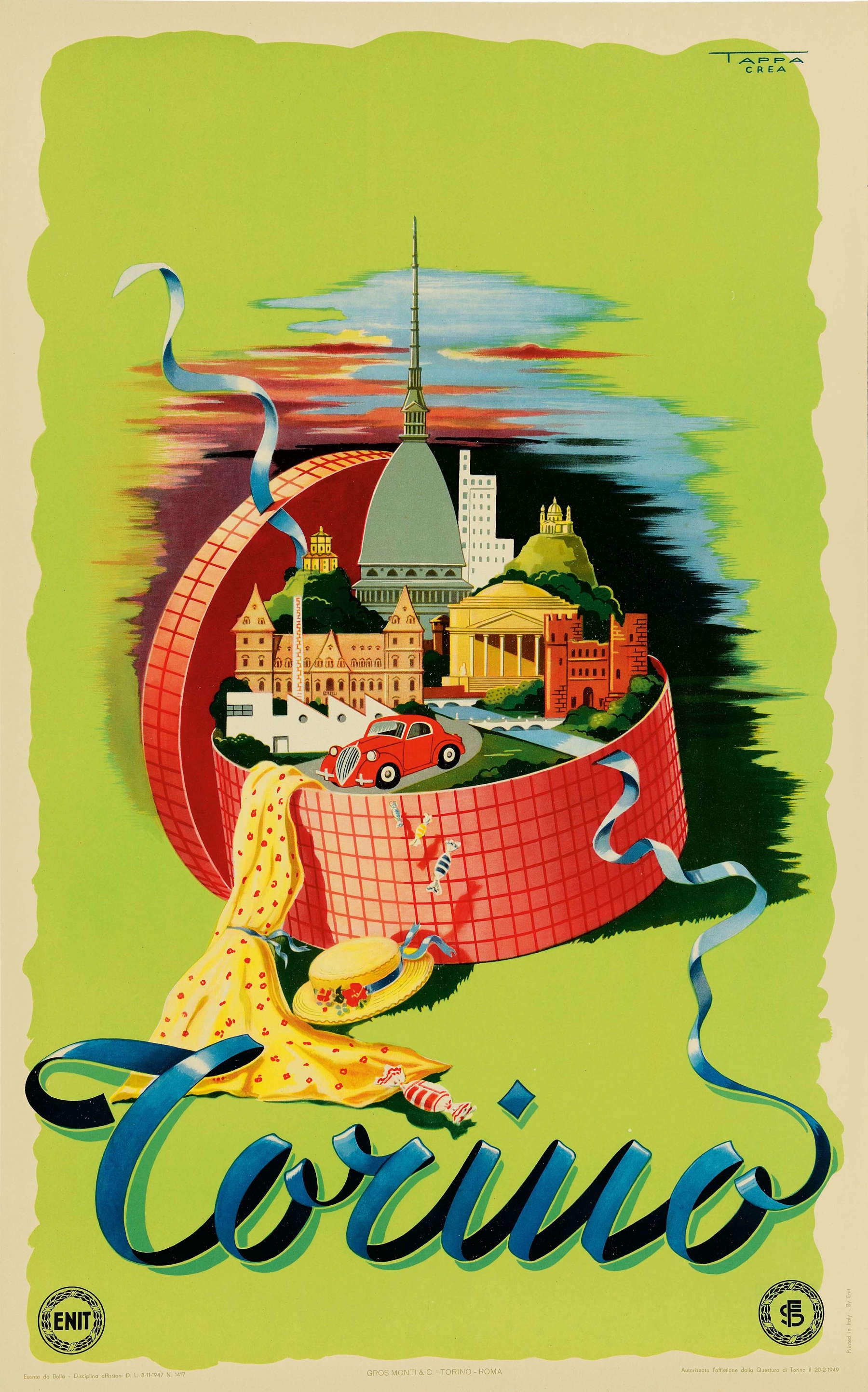
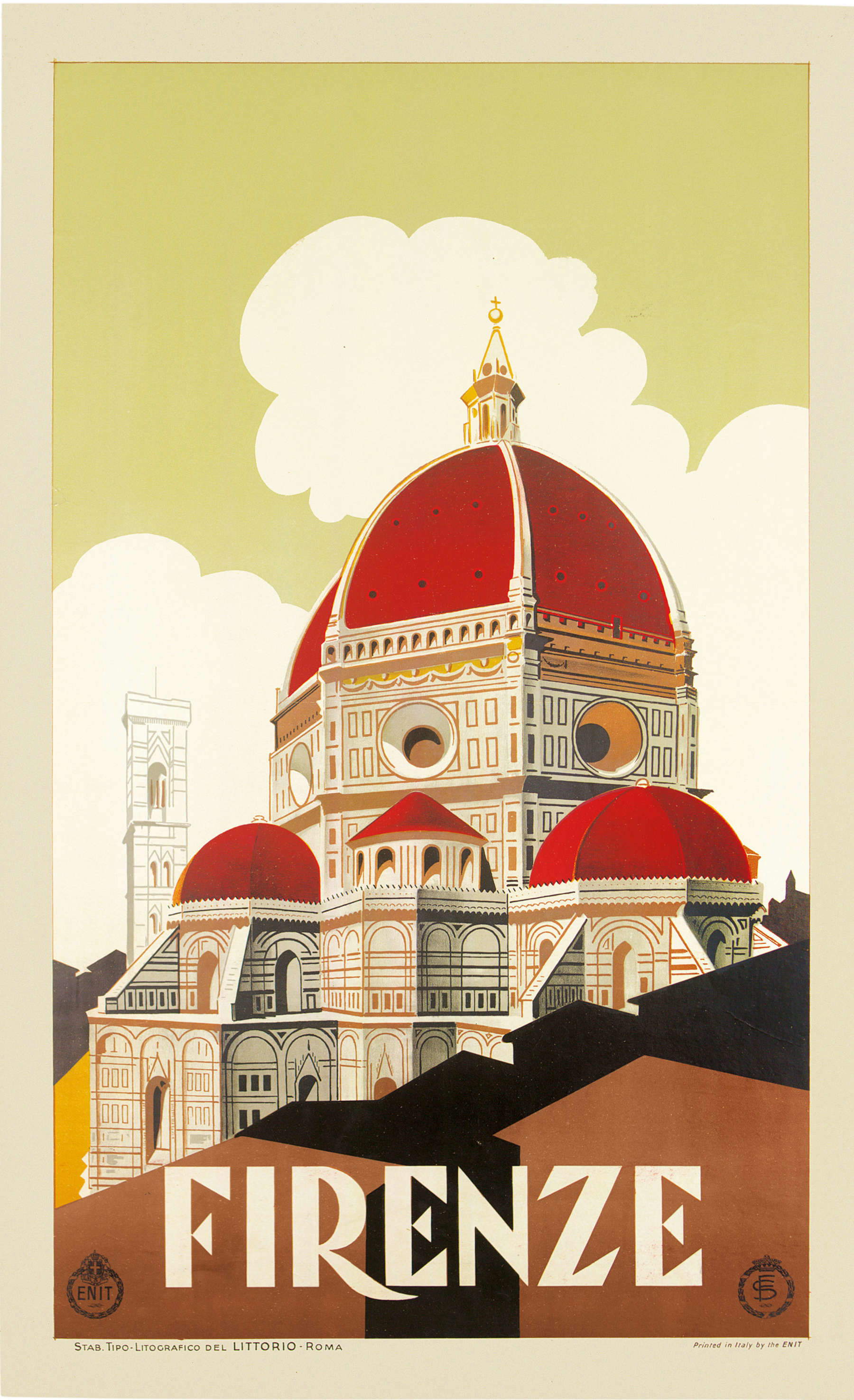
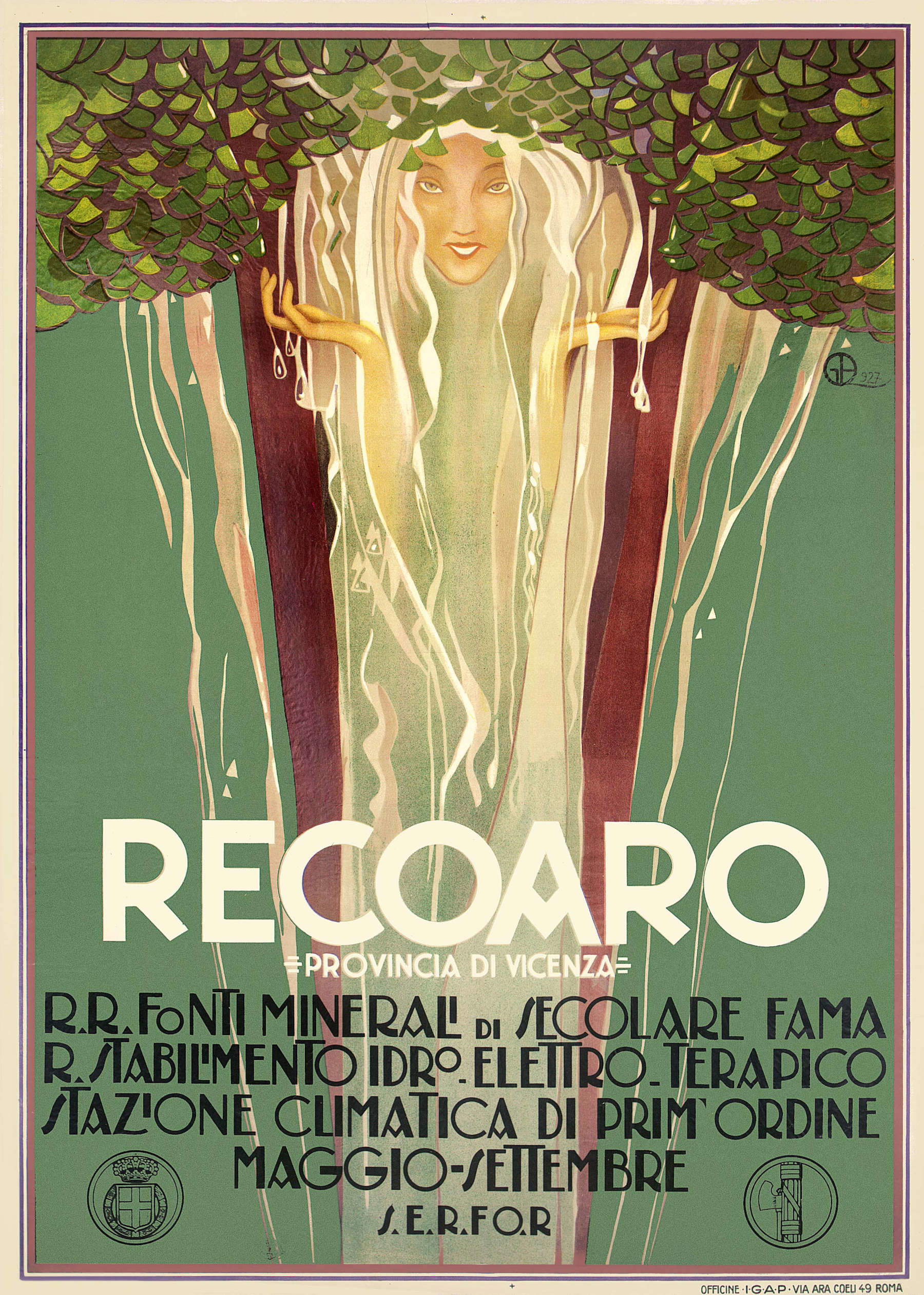
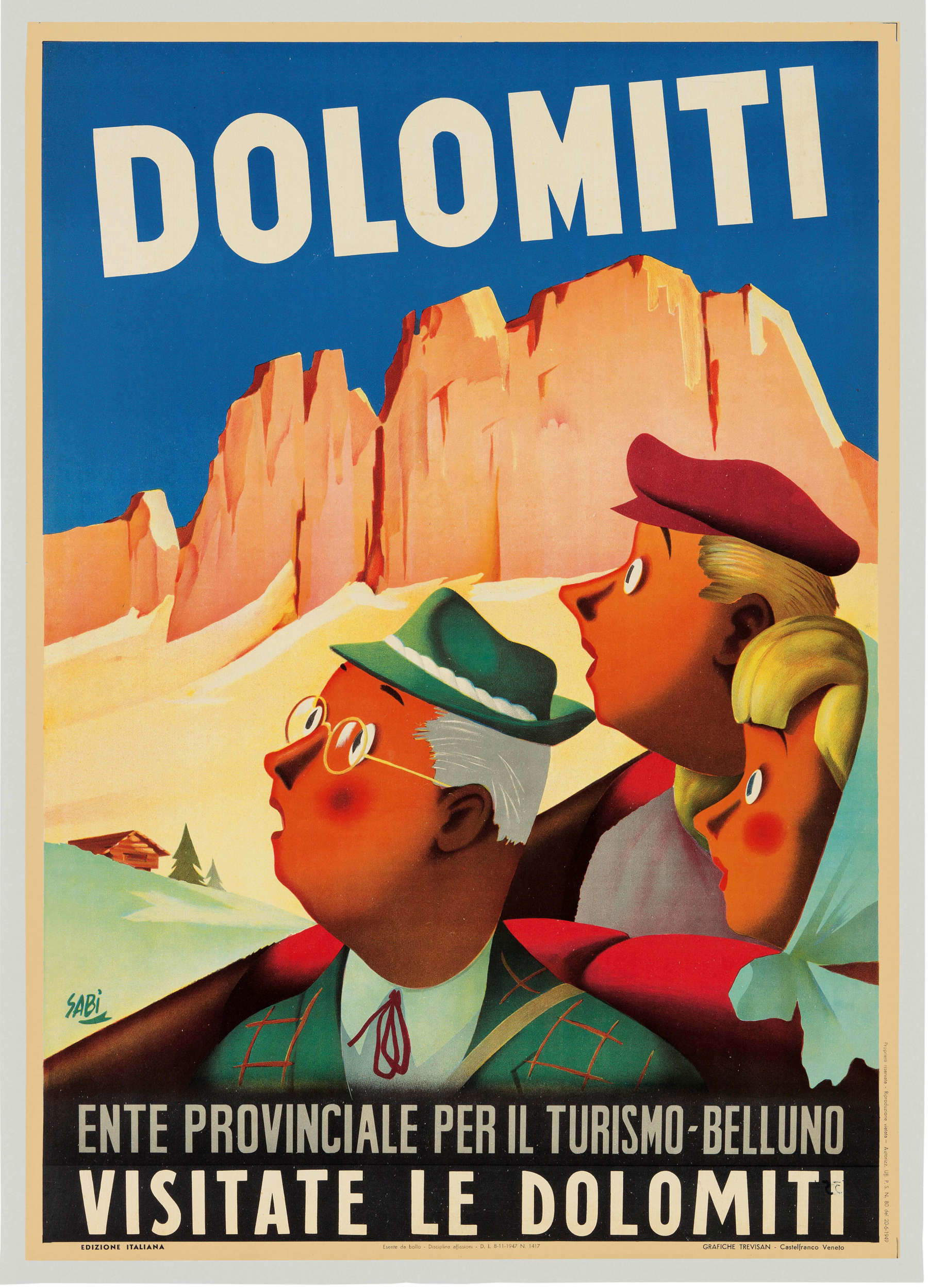
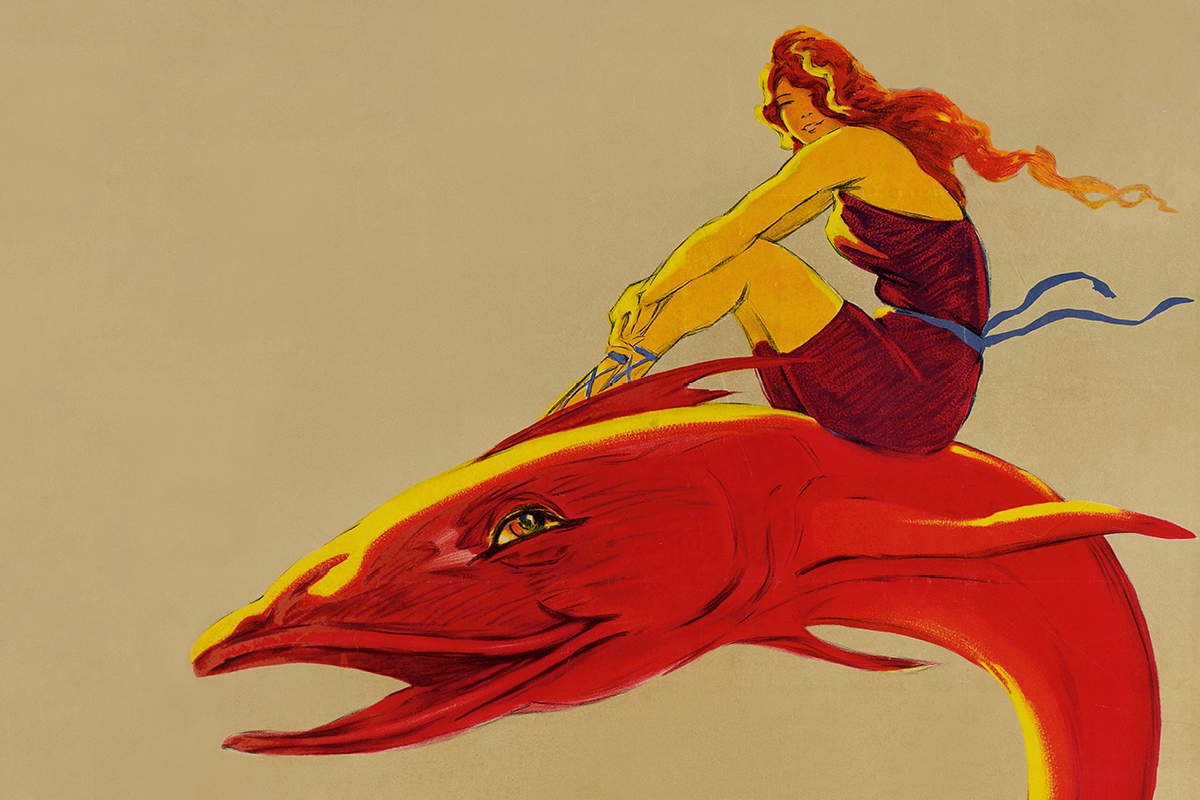 |
| The art of tourism promotion on display at Palazzo Madama |
Warning: the translation into English of the original Italian article was created using automatic tools. We undertake to review all articles, but we do not guarantee the total absence of inaccuracies in the translation due to the program. You can find the original by clicking on the ITA button. If you find any mistake,please contact us.





